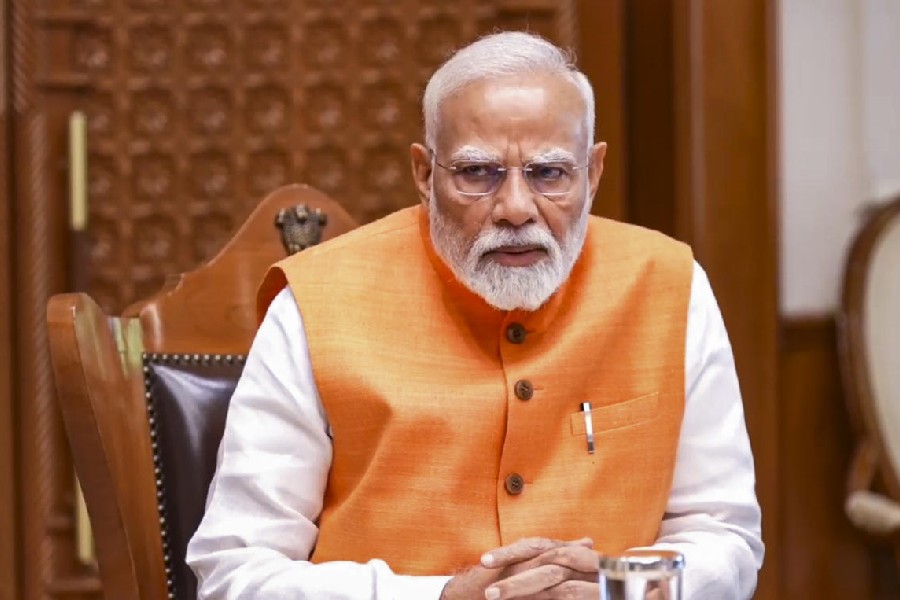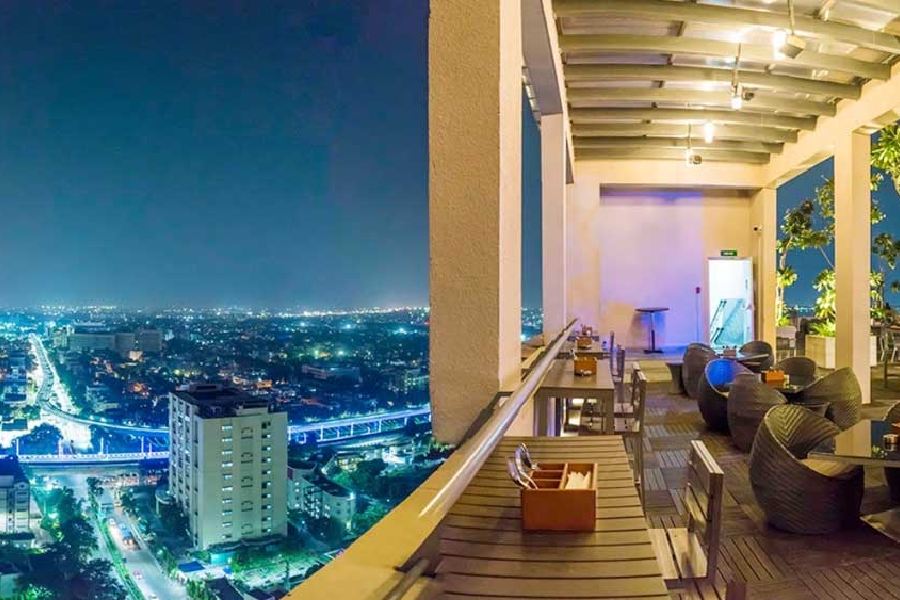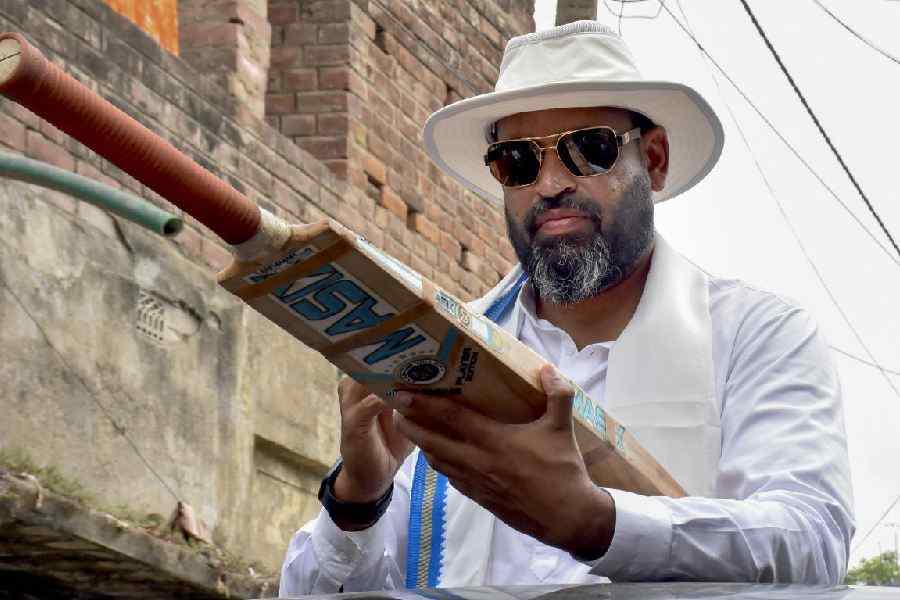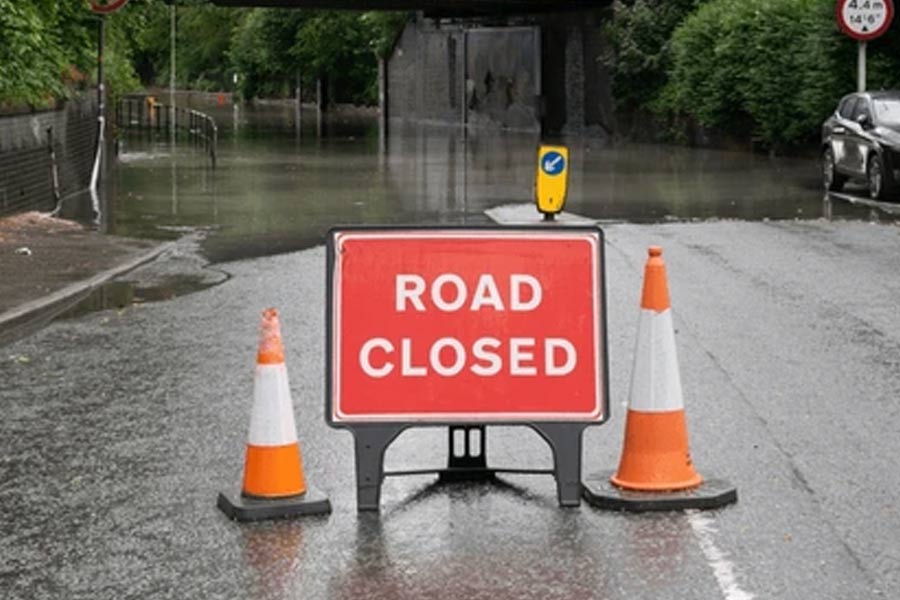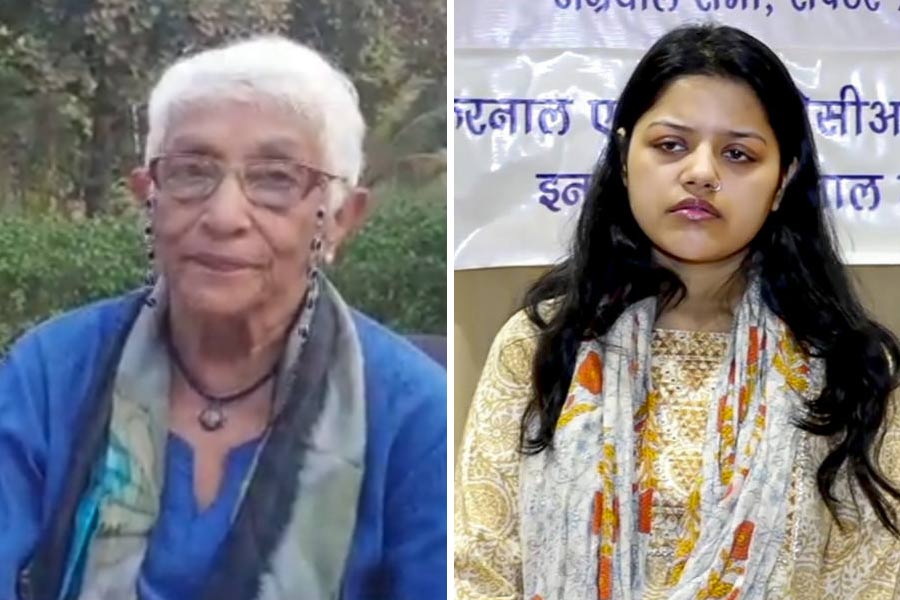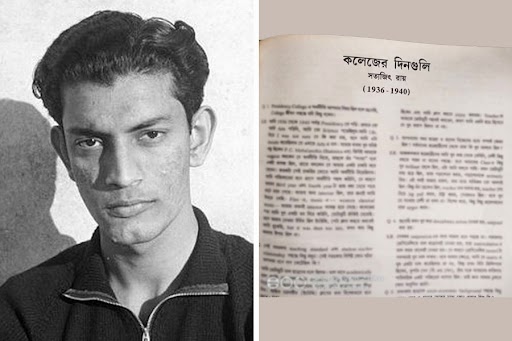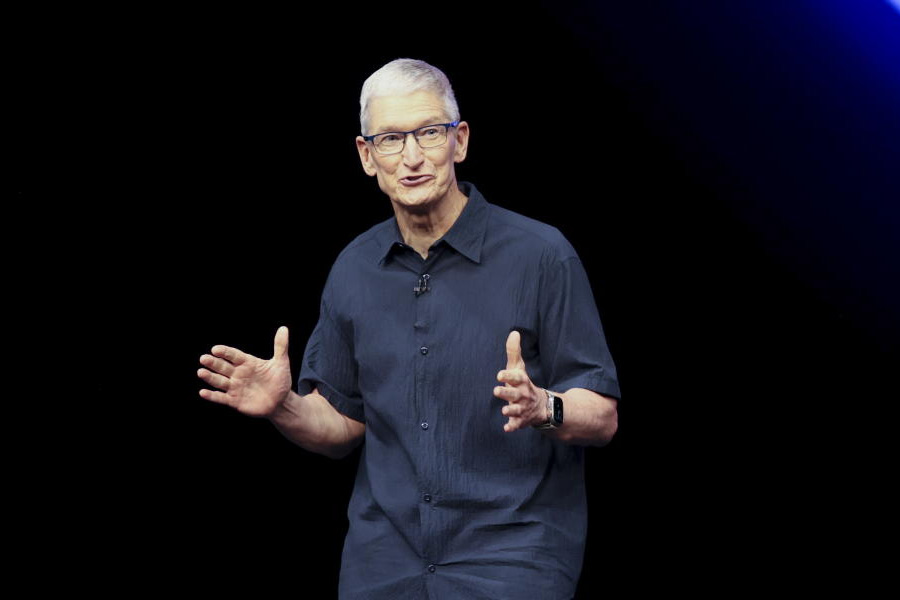Crossings
TRAVELLERS TO the United States invariably heave a sigh of relief once the visa interview is over and the tenuous process completed. With Donald Trump's ascension to the White House, the sense of despair over visa rejection has reached an inexorable trajectory.
The first couple of times I travelled to the US were on privileged J1 visas, smooth entry and warm welcome ensured. "Enjoy your stay," smiled the immigration officer at Washington's Dulles airport shortly before 9/11 in 2001. Access to the Pentagon and the UN headquarters in New York was unimpeded. Three years later, prior to the US presidential elections, I landed at Dulles once again, headed to Virginia on a Fulbright fellowship. Again a cordial welcome, but decidedly guarded.

Picture by Ray Horst in Harrisonburg, Virginia
During the months of my stay, I travelled extensively around the country. Election year vigil was stringent at all domestic airports, be it Memphis or Madison, Albuquerque or Atlanta, Dallas or Detroit, the scanning procedure was a nightmare. This continued even after the election year. It was such an irritant I vowed not to return to the US in a decade!
Once Barack Obama's second term was drawing to a close, I accepted another scholarship. This time, however, the visa category was different, and for the first time, I had to appear for the routine interview at the consulate. Having heard the horror stories, I meticulously collected every relevant document in a file, not a single one of which was asked for. The officer saw the earlier visas and waved me off with a grin.
My travels on the microcosmic level were limited mostly to and from my base, the university campus in the Shenandoah Valley, girdled by the Blue Ridge and Massanutten mountains. The three-hour drive from Dulles, west along Interstate 66 and then south along I-81, became so familiar that I became quite reconciled to taking the cheap red-eye flights back.

I owe my route-learning process to an American teacher sent by the university to receive me at Dulles. Ray Horst regaled me with folklore while pointing out landmarks along the way, the best antidote to my thoroughly jetlagged senses. I was fortunate to reside in a Mennonite setting that opened up hitherto unknown vistas. The Mennonites, perhaps best known for their resemblance to the Amish, participate in everyday American life. But many of them shun modern-day technology, clothes and lifestyles, driving horse-buggies and living on farms where electricity is preserved only for the fauna. Marjorie Rohrer, who belongs to the 75,000-member denomination, is a dear friend and during my most recent visit served her signature, sumptuous dinner. Most other Mennonites, however, have modern lifestyles, activism included.
The Mennonites believe in pacifism. But Trump's order on immigrants has brought even the most peace-loving Mennonite to the protest path, an eventuality I never thought to see. This month, they have taken to the streets and the little corner where I'd spent months with this sensitive, creative community came up with a gem of a poster directed at Trump's policies: "No matter where you are from, we're glad you're our neighbor," written in English, Spanish and Arabic. The signs have become a nationwide phenomenon and folks like Ray and his wife take pride in spending time with and teaching English to the Mexican family next door. The woman is bringing up her children single-handedly, her husband is stuck in Mexico.
Given the fairly long duration of my stay, it is surprising that I had not visited a single US tourist spot. I've been at the Arizona State University at Tempe and not seen the Grand Canyon, visited the University of California at Los Angeles but not Disneyland, attended Yale (Connecticut) but missed Niagara! So this time, I nurtured a plan to head for only the tourist destinations, not universities.
What I had not bargained for was the social metamorphosis one presidential election has kick-started.
I have a visa in my pocket. But I prefer not to go, at least till 2020!
Sudipta Bhattacharjee


